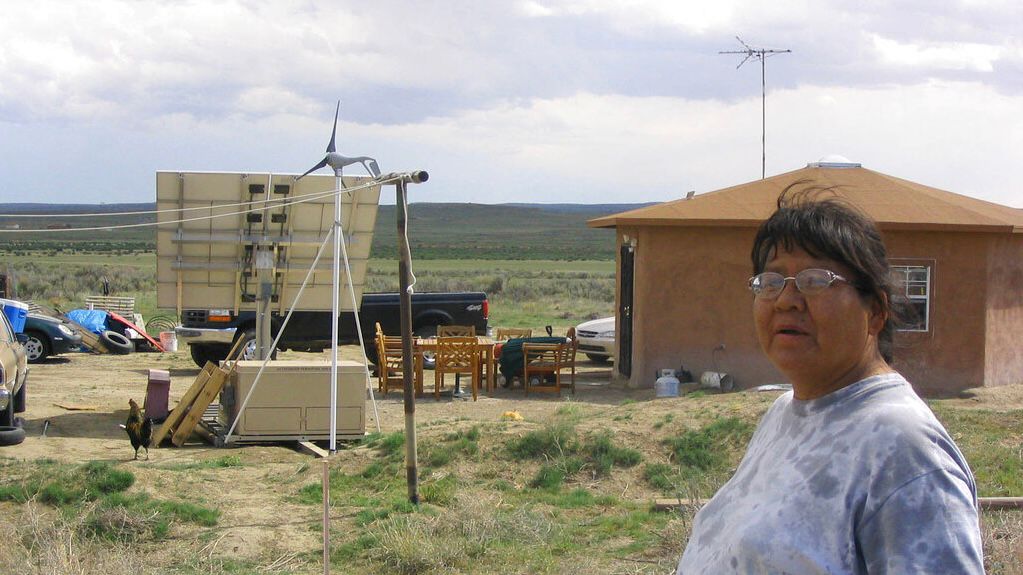The U.S. Department of Energy announced Tuesday it will invest $366 million in a variety of clean energy projects on rural and tribal lands.
Funded through the Inflation Reduction Act, President Joe Biden's larndmark climate change and tax reform legislation, the 17 projects will serve 20 states and 30 tribal communities with more reliable and sustainable sources of electricity.
“What’s special is how these projects showcase rural and remote communities’ innovative approaches to clean energy deployment,” Energy Secretary Jennifer Granholm said Monday during a press call to preview the announcement.
The projects the DOE announced as part of its Energy Improvements in Rural or Remote Areas program include solar, battery energy storage, microgrids, hydropower, heat pumps, biomass and electric vehicle charging infrastructure.
Designed to be both replicable and scalable, Granholm said the projects as a whole are designed to create more affordable and dependable sources of clean energy in places that often rely on diesel, propane, kerosene or gasoline generators.
“Many tribal communities, tribal nations generally pay higher than average rates for electricity,” DOE head of Indian Energy Wahleah Johns said during Monday’s briefing. “They face a high energy burden and energy poverty.”
The DOE estimates that energy costs about 33% more in rural and remote areas of the U.S., including tribal nations. Rural and remote parts of the U.S. have smaller populations and are frequently isolated from larger electrical systems, according to the DOE.
About 21% of homes in the Navajo Nation and 35% of Hopi Indian Tribe homes do not have electricity, according to the department. Of tribal community homes that are electrified, 31% report having monthly outages.
About 17,000 homes on tribal lands do not have any access to electricity and are paying the majority of their annual incomes to secure power, Johns said.
One of the new DOE projects on Hopi and Navajo Nation lands will provide electricity for the first time in a community of 300 people. Another project in the Taos Pueblo is expected to save households $700 per year.
A project valued at a little more than $7 million will replace a 70-year-old wooden dam on the brink of failure in Chignik, Alaska, with a hydroelectric system to replace the community’s 100% reliance on diesel.
“Every one of these projects is extremely unique and very specific, but all are taking advantage of the resources,” Granholm said.
The Energy Secretary will deliver the keynote address at the DOE’s Tribal Clean Energy Summit with 700 tribal leaders at the Pechanga Band of Luiceno Indians In Temecula, Calif., on Tuesday, where she will highlight some of the Biden administration’s new investments.
The department started taking applications for energy improvement projects in rural and remote areas a year ago. Tuesday’s announced projects are part of the Biden administration’s Justice40 Initiative to provide 40% of the benefits of the federal government’s clean energy investments to individuals living in underrepresented and disadvantaged communities.



